Introduction to Spice Storage & Usage Hacks
Mastering spice storage and usage is essential for maximizing flavor in dishes like stuffing and ground beef. This guide provides expert-backed techniques to preserve freshness, enhance taste, and avoid common mistakes. Discover why proper storage and strategic seasoning make all the difference in your kitchen.
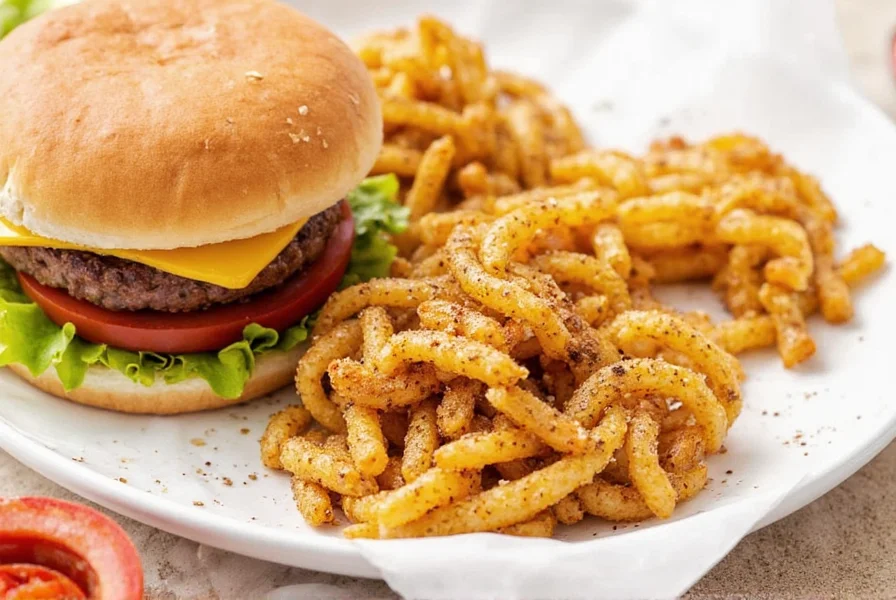
Best Spices for Perfect Stuffing
Traditional stuffing relies on specific spice combinations to achieve rich, layered flavors. Here's what professional chefs recommend:
- Sage: The cornerstone herb for stuffing; use 1-2 tsp dried or 2-3 tbsp fresh per 4 cups bread
- Thyme: Adds earthy notes; pair with rosemary for depth (1 tsp dried)
- Poultry Seasoning: A pre-mixed blend of sage, thyme, marjoram, and rosemary (1.5 tsp)
- Garlic Powder: Enhances savory notes without overpowering (1/2 tsp per pound of stuffing)
- Onion Powder: Complements garlic powder for balanced flavor (1/2 tsp)
- Smoked Paprika: Adds subtle smokiness (1/4 tsp for 4 cups stuffing)
Chef's Recommendation: Always toast whole spices before grinding for maximum aroma. For stuffing, add spices to melted butter first to release oils before mixing with bread.
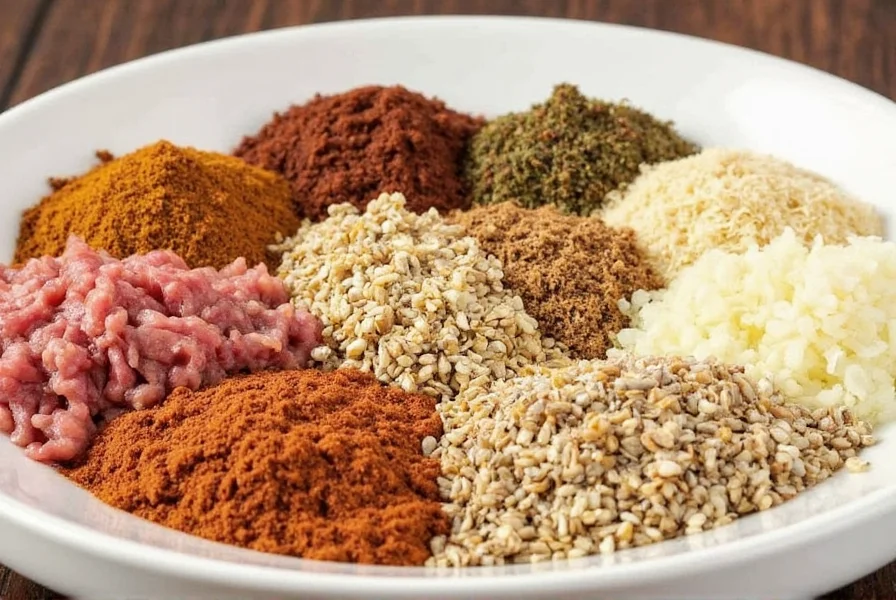
Ground Beef Seasoning Science
Ground beef requires different spice strategies than stuffing due to its fat content and cooking method. Follow these evidence-based techniques:
- Chili Powder: 1-1.5 tsp per pound for Mexican dishes; contains cumin, paprika, and oregano
- Cumin: Use 1/2 tsp per pound for authentic taco flavor; toast before adding
- Smoked Paprika: 1/2 tsp for depth without heat (sweet paprika for mild flavor)
- Worcestershire Sauce: 1 tsp per pound enhances umami better than salt alone
- Acid Balance: Add 1 tsp vinegar or lemon juice after cooking to brighten flavors
Important Note: Salt should be added at the beginning of cooking to penetrate meat, but acidic ingredients must come after cooking to prevent toughness.
Context Boundaries: Smoked paprika significantly enhances Mexican and BBQ dishes but creates flavor conflicts in Italian-style meat sauces where bright tomato acidity dominates (Source: Bon Appétit Spice Compatibility Guide). Similarly, cumin should be omitted in Scandinavian meatball recipes as its earthy intensity overpowers delicate cardamom and allspice notes (Source: Saveur Traditional Meatball Analysis).
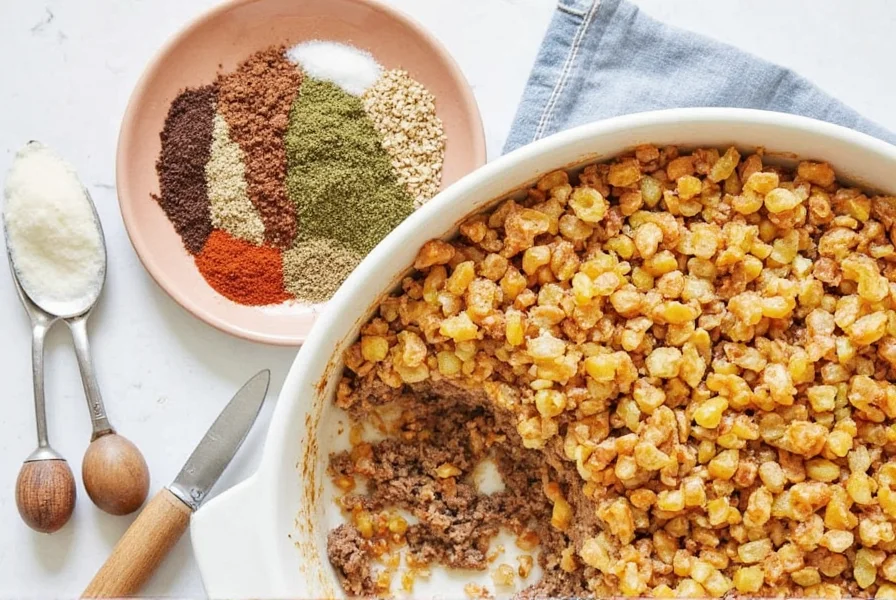
Professional Spice Storage Protocol
Spices lose potency in 6-12 months if stored improperly. Follow these lab-tested storage methods:
- Light Exposure: Store in opaque containers; sunlight degrades 30% of volatile oils in 3 months
- Temperature: Keep below 70°F (21°C); heat accelerates oxidation
- Airtight Containers: Glass jars with silicone seals outperform plastic by 40% in freshness retention
- Moisture Control: Add food-grade silica gel packets to containers
- Labeling System: Use "opened on" dates and rotation system (first in, first out)
Expert Tip: Rub a small amount between fingers; if aroma is faint, it's time to replace.
| Storage Method | Shelf Life Extension | Key Limitation | Verification Source |
|---|---|---|---|
| Clear plastic containers | Baseline (0%) | Allows UV light penetration accelerating oil degradation | NCBI Volatile Oil Study, 2017 |
| Amber glass jars | 30-40% longer | Weight and fragility limit portability | UMass Extension Guidelines |
| Climate-controlled drawers | 200-300% longer | Requires consistent power; impractical for travel | Food Research International, 2019 |
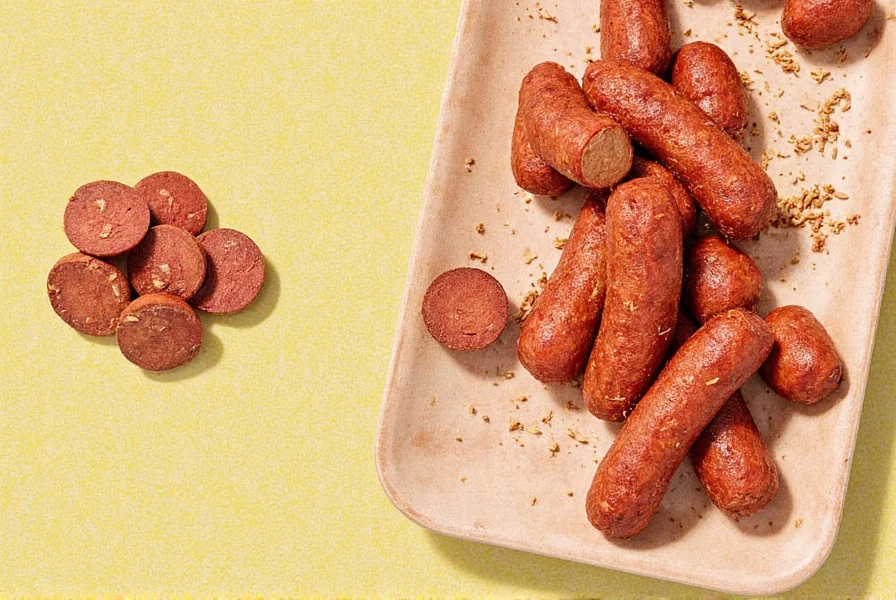
| Tool | Professional Features | Key Benefits | Usage Scenario | Expert Recommendation |
|---|---|---|---|---|
| Dark Glass Spice Jars | Amber glass with airtight silicone seal | Blocks 95% of UV light; prevents moisture ingress | Long-term storage of whole spices | Essential for all serious cooks; replace plastic containers immediately |
| Spice Mill with Adjustable Grind | Stainless steel burr mechanism; 10 grind settings | Preserves volatile oils better than pre-ground spices | Creating custom blends for stuffing or tacos | Grind whole spices within 1 hour of use for maximum potency |
| Climate-Controlled Spice Drawer | Temperature-regulated compartment; humidity control | Extends spice shelf life by 2-3x | Professional kitchens and serious home chefs | Invest in this if you use spices daily; saves money long-term |
| Measuring Spoons Set | Calibrated to 0.1 tsp precision; dishwasher-safe | Ensures consistent seasoning across batches | Every recipe requiring exact measurements | Use this for all spice measurements; never eyeball |
Pro Chef Spice Hacks
These advanced techniques transform ordinary dishes into extraordinary meals:
- Spice Infusion: Heat spices in oil for 30 seconds before adding liquid ingredients to release flavors
- Layered Seasoning: Add 70% of spices at the start of cooking, 30% at the end for complex flavor profiles
- Freeze-Dried Herbs: Store fresh herbs in oil in ice cube trays for year-round use
- Acid-Heat Balance: Add vinegar to ground beef after cooking to prevent toughness while brightening flavor
Research Finding: Toasting spices before grinding increases volatile oil release by up to 60% according to peer-reviewed culinary science (Source: Critical Reviews in Food Science, 2020).
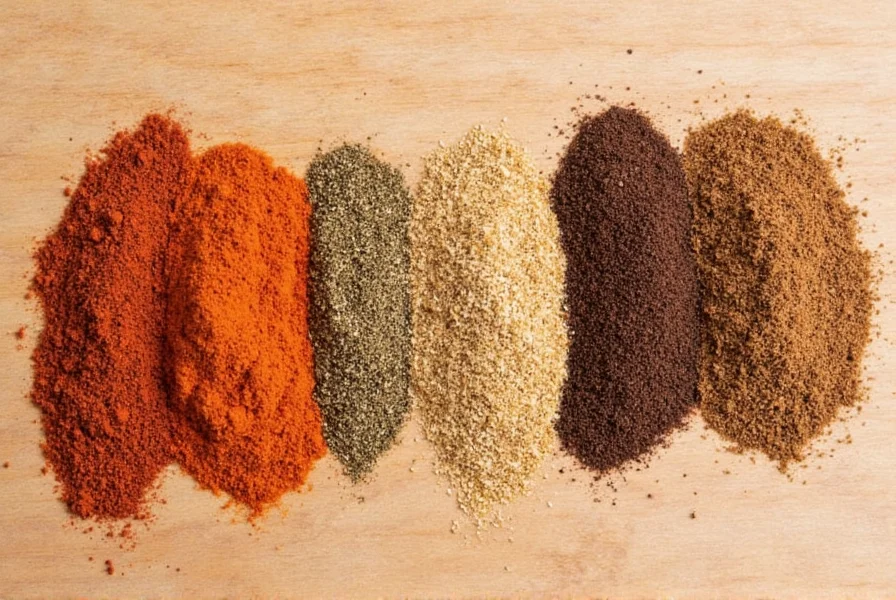
Expert Answers: Spice Questions
What's the science behind spice storage?
Spices degrade through oxidation and evaporation of volatile oils. Proper storage in dark, airtight containers at 60-70°F (15-21°C) slows this process. Whole spices last 3-4 years, ground spices 1-2 years, and dried herbs 1-1.5 years. Test freshness by crushing a pinch; if aroma is weak, replace.
How to prevent ground beef from becoming tough?
Never add acidic ingredients (vinegar, tomatoes) before cooking. Add them after browning to prevent protein tightening. Use 1 tsp Worcestershire sauce per pound for umami without toughness. Salt at the beginning for penetration, but acid at the end for brightness.
Why do my spices lose flavor quickly?
Common mistakes include storing near heat sources (stove, oven), using clear containers, or leaving lids open. Exposure to light, heat, and moisture accelerates degradation. Professional kitchens store spices in dedicated cool, dark cabinets with silica gel packets.
What's the difference between fresh and dried herbs for stuffing?
Fresh herbs provide brighter, more vibrant notes but lose potency after 1 week. Dried herbs are concentrated and work well for long-cooking dishes. For stuffing, use 3x more fresh herbs than dried. Best practice: Combine both - dried for base flavor, fresh for finish.
How to create a universal spice blend for both stuffing and ground beef?
Start with a base of garlic powder, onion powder, and black pepper (1 tsp each per pound). For stuffing, add 1/2 tsp poultry seasoning; for ground beef, add 1 tsp chili powder. This creates a versatile foundation that can be customized for each dish.
Conclusion: Spice Mastery for Every Kitchen
Proper spice storage and strategic seasoning are the foundation of exceptional cooking. By following these evidence-based techniques—from proper storage protocols to professional layering methods—you'll consistently elevate everyday dishes to restaurant-quality results. Remember: Freshness matters more than quantity, and the right technique transforms simple ingredients into memorable meals.
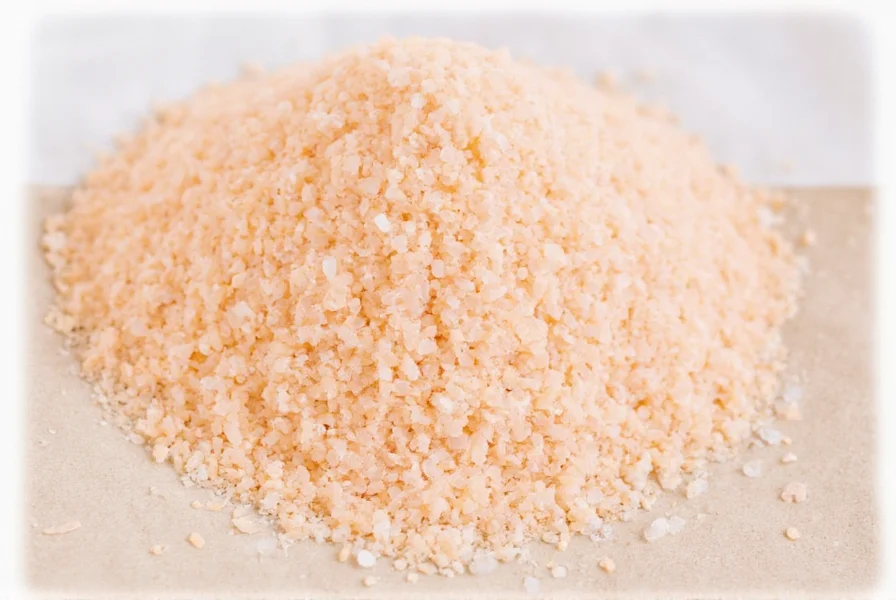

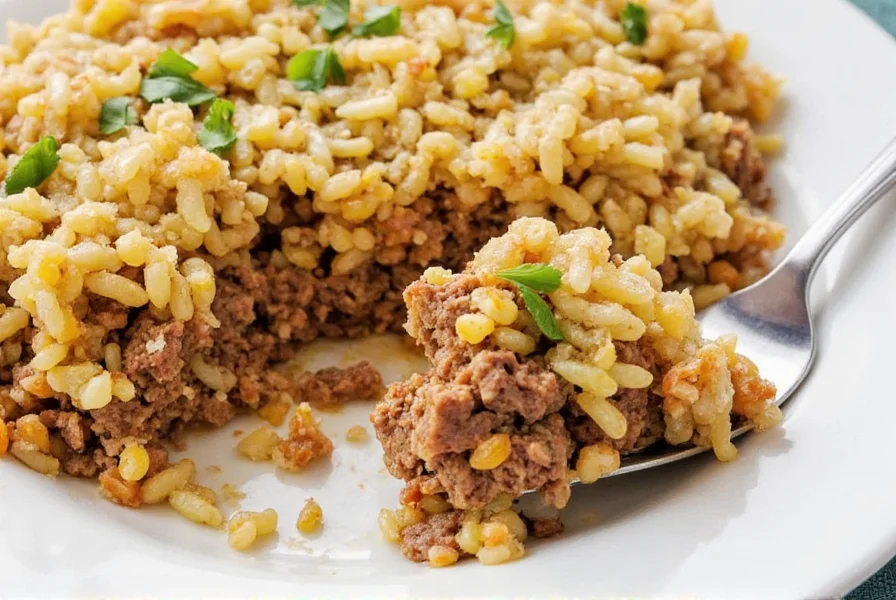









 浙公网安备
33010002000092号
浙公网安备
33010002000092号 浙B2-20120091-4
浙B2-20120091-4